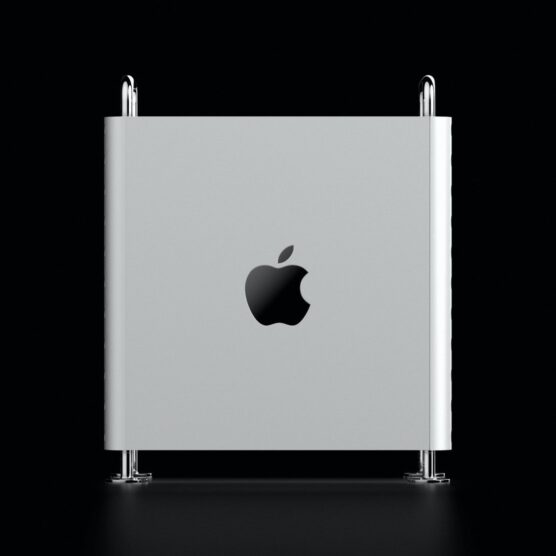How to deal with startup investors

It is no longer a secret that if you are an owner of a digital startup, sooner or later you’ll come to the need of expansion: are you building smart HVAC systems; IoT remote monitoring systems; helping with smart healthcare or building an e-commerce to sell goods and electronics. That’s the step where your business will require more budgets, better marketing and experts to be able to succeed. And usually this is a step where startups will search for an investor. But along with these new goals and KPIs, will you be ready to deal with new stakeholders?
In the field of investment there are a few common types of investors owners of tech startups have to deal with. Each type has its own characteristics.
Speculator (Stock Market Trading)
People who trade in the market are trying to make money on short-term movements in the market. Speculators use technical analysis.
The founder of technical analysis was Charles Doe (1851-1902). This American journalist developed a series of principles for understanding and analyzing market behavior, which later became the foundation for technical analysis.
As a result of research, it was noticed that a certain behavior of price charts in the past leads to the fact that their movement in one direction in the future becomes more likely than in the opposite direction. This analysis examines only the results of stock trading – the dynamics of changes in prices and trading volumes.
Data for technical analysis:
- Date and time
- Opening price (closing)
- Price maximum (minimum)
- Trading volume
- Technical analysis is used mainly by traders (speculators)
Substantive provisions.
- The price takes into account everything. Proponents of technical analysis believe it is not necessary to look at the company’s reports. In any case, if the report came out, investors responded and it is already included in the price.
- Prices are moving in trend. If the market is growing, it is very likely that the market will continue to grow and it is unlikely that the market will turn around and start falling.
- History always repeats itself (markets are cyclical). Traders look at certain recurring patterns and indicators. If the indicator worked once, it will also work the second time in a similar situation. That is, the trader will understand where the price will go, based on preliminary chart data.
Based on these provisions, traders study charts trying to assess the general mood in the market and determine the direction of the price.
Trading is associated with a lot of money “fast and a lot”, and in fact it is a loss of money (99% up to 1 year), a lot of stress and unnecessary emotions. If technical analysis were as effective as traders try to present, it would not have more than 100 indicators (charts, Japanese candles, bars, etc.) used in the analysis.

Active investor (Investing in the market)
Such an investor seeks to invest in the market for several years. Investment involves a long (over a year) forecast for the market and individual securities (mostly stocks).
Such investors use fundamental analysis. Fundamental analysis is one of the two main methods of market analysis. Unlike technical analysis, where the analysis is based on the behavior and psychology of the crowd, the basis of fundamental analysis is the analysis of the economy, industry, individual companies.
The founder of this analysis was Benjamin Graham, who in the period 1930-1940 published 2 major books on this analysis: “The Intelligent Investor: The Definitive Book on Value Investing” and “Security Analysis”. Fundamental analysis helps the investor answer the question “how much should a stock cost? “,” What is the fair price of the stock? “. If the stock is” undervalued “on the basis of indicators, the investor buys, if” overvalued “-” sells “or refrains from buying.
There are 3 main levels of analysis
- Issue analysis. Objective: to identify issuers whose shares are undervalued / overvalued for their purchase or sale using various indicators (investment, profitability, etc.) Sources of information: balance sheets, annual reports and other reporting.
- Industry analysis. Different industries react differently to a particular situation in the economy.
- Analysis of macroeconomics in general (dynamics of GDP, inflation, unemployment, exchange rates, etc.)
Fundamental analysis is performed by 2 main methods: top-down analysis and bottom-up analysis. The top-down analysis covers a broader view of the economy, starting with the whole market and then narrowing down to the sector, industry and, finally, to a specific company. Conversely, bottom-up analysis begins with a specific stock and expands to take into account all the factors that affect its price.
Top-down analysis is used mainly by managers of investment companies and funds. Bottom-up analysis is used by private investors. They mostly analyze only companies without delving into the industry, let alone the economy.
Advantages: Opportunity to get more profitability than the market average. To succeed in a competent analysis, it is enough to successfully invest in 7 companies out of 10.
Disadvantages: The analysis phase takes more time (it takes 5-8 hours to effectively analyze one company). Not possible to use in the short term (days, months).
The market is often irrational. No one can predict when the market will bring the price of an “undervalued” share to the investor’s fair value.
This method is more effective than technical analysis and can bring results, but for this, a private investor must love mathematics, spend a few hours evaluating and be patient (suitable for long-term investments)



